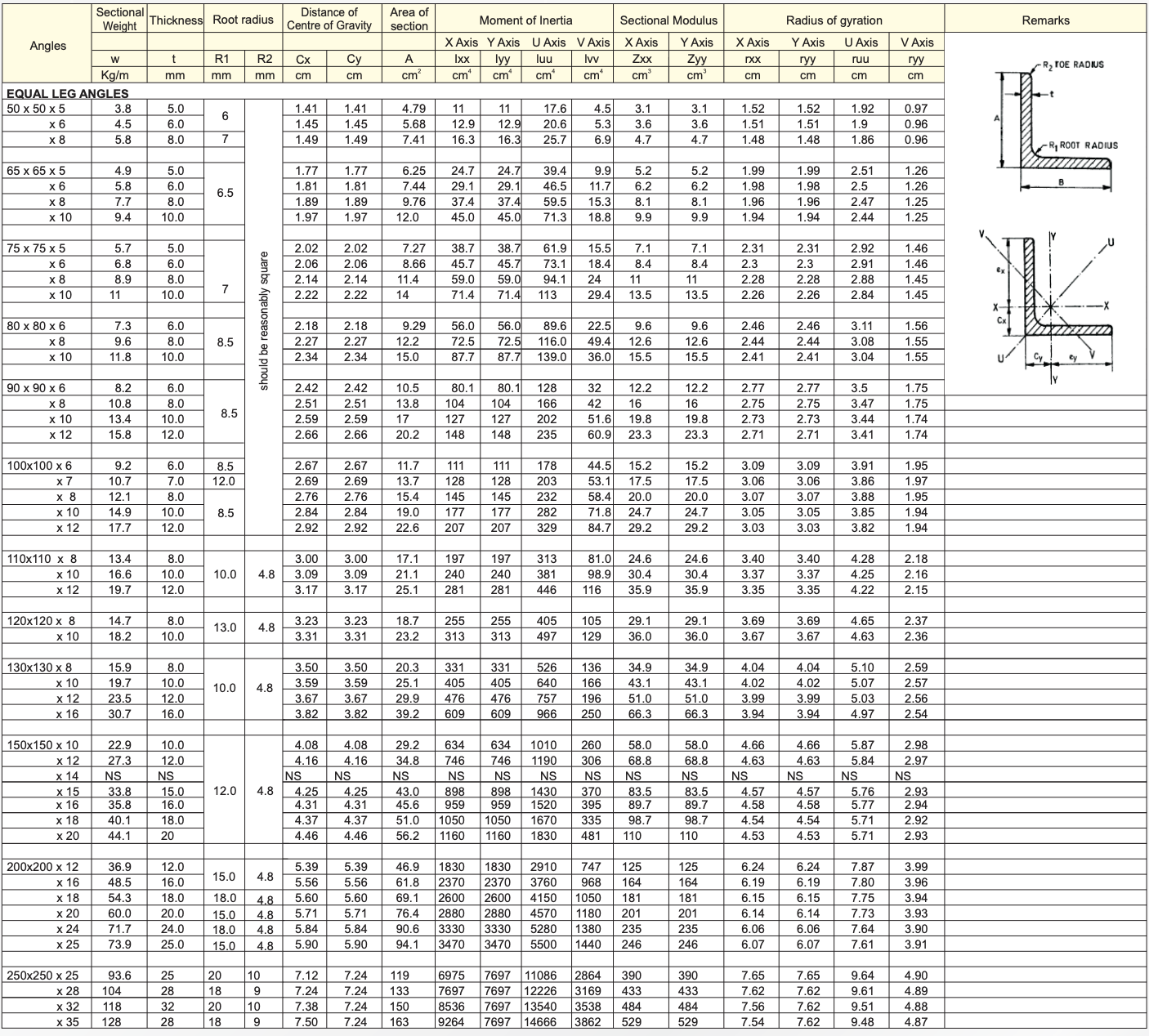Angle

Mechanical Properties
Angle are characterized by their "L" shaped profile, consisting of two legs that meet at a 90-degree angle. This geometry offers excellent mechanical properties, including high tensile and compressive strength, making them suitable for bearing loads from various directions. The angular shape provides inherent stiffness and resistance to bending and twisting, which is crucial for structural applications where multidirectional load support is required.
Bendability
The bendability of Angle is generally limited due to their geometric shape and the structural integrity required from them in most applications. However, they can be bent or shaped to a certain degree, depending on the specific steel grade and thickness. This allows for some flexibility in their use in architectural designs or in applications where a precise angle is needed.
Dimensional Tolerance
Angle are produced with strict dimensional tolerances to ensure uniformity and reliability in their structural capabilities. These tolerances include the lengths of the legs, the thickness of the legs, and the straightness of the angle. Adhering to these tolerances is crucial for the accurate assembly of structures and for ensuring that the Angle perform as expected in their intended applications.
Corrosion Resistant
Like other steel profiles, Angle can undergo various treatments to improve their resistance to corrosion, thereby extending their useful life and minimizing maintenance. Common treatments include galvanization, which coats the steel with a layer of zinc for protection against rust, and painting or applying other protective coatings suited to specific environmental conditions.
Where do you need it?
Angle are incredibly versatile, finding applications in a wide array of projects across different fields, such as:
- Structural Support: Used in framing, trusses, brackets, and cross-members in buildings, bridges, and towers.
- Architectural Details: Employed in decorative trims, frames, and detailing where aesthetic appearance is as important as structural integrity.
- Industrial Facilities: Integral to the construction of shelves, racks, workbenches, and support frames in industrial settings.
- Infrastructure: Utilized in the fabrication of guardrails, signposts, and supports for utility systems.
- Equipment Manufacturing: Form parts of machinery, vehicles, and equipment where strength and durability are required.
- Home Projects and DIY: Popular in home improvement projects, furniture construction, and custom fabrications due to their ease of use and structural properties.
